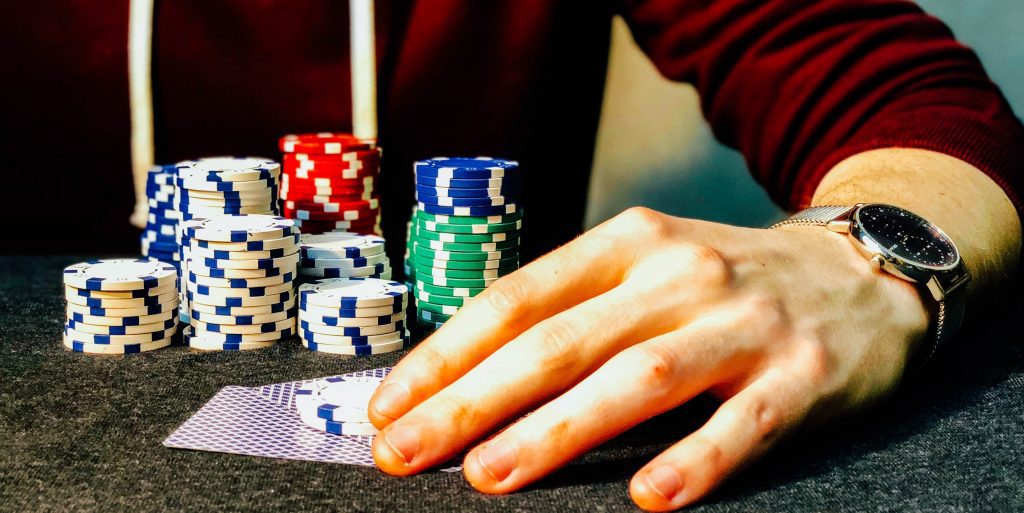
Cold call in poker
There are so many strategies and terms to play in poker these days, and you need to know and understand what they mean if you want to succeed. And now we’re talking about call, which is to call a bet without increasing it. This is an important technique that is part of the poker base, and there are many training courses that give you the basics on how to use it.
What does the term mean?
The essence is very simple and is that the player simply enters the game by calling his opponent’s bet.
What are the advantages:
- You can hide a strong hand.
- Gives the opportunity to assess the situation even with an average hand.
- The position will be advantageous in the subsequent hand, if no opponent has equalized.
- An inexperienced player can always be tricked, provoked into action even if he has an unsure hand.
But there are also disadvantages, namely:
- In some cases, there will be a multi-sided sweat, and this reduces equity in many ways.
- There is no way to get the pot on the overflop, so you have to collect or bluff something.
- The participant who bets afterwards can control with high equity, and if one of the players would bet 3-bet, there would be no further betting.
Active tactics and intelligent use of the range of hands encourages active development.

This is a logical decision in a situation where the user prefers an aggressive style of play. But one must understand that the outcome can be absolutely anything, it can be a plus or minus, or an unnecessary move in case of a strong hand and large stacks. So one should understand when it is better to use this trick.
Rules of Usage
Playing from position is the basis, which can understand the specifics of this method. One should have an advantage and only then use it, while in other situations one should use it:
- After having studied the strength of the opponent’s distribution.
- Conducting an analysis on the style of play.
- If it is worth adjusting to a particular opponent.
- Understanding what the opponent is willing to do.
- Developing a plan of action or trying to bluff.
It is important to note that a special feature of this technique is that it can confuse almost every opponent, especially when combined with passive play. That is, the opponent is confident that he has the advantage, but in fact the poker player is simply preparing for aggressive action after the pause.
But it is always necessary to think of a plan of action in advance. This is very important in order to succeed in the game. Thanks to this, it is possible to take advantage of the position advantage and develop the skill, even though the opponent is not temporarily outnumbered and takes the initiative. In the early position this often does not bring the desired results, and with the blinds it is simply useless.



